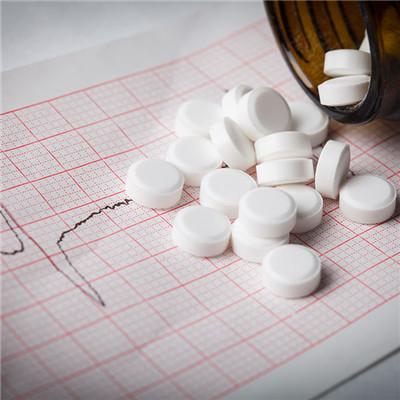How to treat pseudo pterygium?
summary
True pterygium mostly occurs in the inner and outer canthus, adhesion with the surrounding tissue is comprehensive, can invade the corneal stroma layer, is progressive, pterygium is bright red, blood vessels for expansion state. It's degenerative tissue. The reason is unknown. Pseudopterygium can occur in any part, adhesion is sometimes limited to the head, invasion of corneal shallow layer, is static, pterygium is light red, blood vessels for atrophy, is a connective tissue scar.
How to treat pseudo pterygium?
The reason is unknown. It is more common in nasal palpebral fissure. It has a triangular wing shape with the tip of the head toward the center of the cornea. The limbus of cornea is the neck, and the bulbar conjunctiva is the body. The upper and lower edges of the body are wrinkled, and there are horizontal blood vessels on the pterygium. Pseudopterygium: this case was caused by partial adhesion of bulbar conjunctiva and cornea.

If the pterygium grows into the black eye and affects the vision, it should go to the hospital for surgical treatment. But the recurrence rate after operation is high, and the recurrence of pterygium progress quickly, often larger than the primary, so the operation must be taken seriously, careful consideration should be given before operation, and the operation should be thorough, so as to reduce the possibility of recurrence. The common operation methods are pterygium embedding and pterygium excision conjunctival flap transplantation. In order to prevent recurrence, postoperative radiotherapy can be used β X-ray, thiotepa, mitomycin C, zhengguangmycin and other eye drops have certain curative effect, but we should pay attention to its side effects. The recurrence rate of progressive pterygium is high after operation. 0.5% cortisone eye drops should be used early after operation, 4-6 times a day. Corticosteroids are mainly used to inhibit the angiogenesis and fibroblast growth in the wound area, reduce the postoperative inflammatory reaction and granulation tissue formation, and have no direct effect on preventing recurrence.

Traditional Chinese medicine treatment: the local symptoms should be combined with the systemic symptoms, and the pterygium with sharp head, red color, thick body and many tears are true; The patients with flat head, white color and thin body are characterized by weak evil Qi. The syndrome differentiation can be divided into wind heat, excess heat and deficiency heat. At the same time, eight treasures eye medicine or red eye powder should be applied to the pterygium body. If the drug is ineffective and develops rapidly, the hook and cut technique should be used.

matters needing attention
There is a kind of pseudopterygium, which can grow in any part of the edge of the black eye. It is generally small, and the surface is gray white, but there are also thicker. Scar tissue is often formed due to trauma, corneal marginal ulcer, chemical or thermal burn of conjunctiva, and does not grow after formation. It is completely different from the former two kinds of pterygium in nature.













